DIY Concrete Countertops

There are several ways you can make concrete countertops and several recipes for the concrete out there. My husband did a lot of research and decided on this path that I'm about to share with you. This is definitely the more time consuming option (took my husband about 40 hours total), but I believe these are the best looking concrete tops I've seen thus far. My sister in law had done their kitchen countertops with concrete before we did ours, and basically they made applied concrete directly over their kitchen tile. The way we did it was removing our current kitchen countertops and made forms of the tops. Basically you're making them upside down. My husband found a couple websites that sold the concrete stain and sealer and other products to make the concrete. www.buddyrhodes.com was the website he used to purchase those items. First, he measured all our tops and made a form for each different counter space with melamine plywood. He also caulked in the crevices for a smooth edge. Once the forms were made, he sprayed the concrete with a hopper gun about 1/4” thick. After that, he did about 1 inch of just concrete to save costs and reduce the weight. Next, he put styrofoam in the middle of the tops to reduce the weight of the concrete. He reinforced it with 2x4's. Once that was done, he let the concrete sit to dry for 6-8 hours. Once it was dry, he removed it from the form and sanded the top of the countertops with Buddy Rhodes polishing pads. Concrete is very porous, which is why sealing it is very important. The next day my husband added the penetrating sealer (also called a primer) with a painting brush roller or you can purchase the rollers from Buddy Rhodes website. He did this 5 or six times. Once the sealer was dry, the tops were ready to be installed. My husband applied glue on top of the cabinets and then put on the tops. Once they were on accurately he caulked around the ones against the wall with a clear caulk. I love how they turned out!
Measuring our island top. We were going to have to make them a tad bigger than what we had because we also added shiplap around the island.
These were our tile tops before the concrete.
Another little area that needed the concrete countertops.
Here was a sample he made before he even removed our tops, which I thought was very wise. I didn't want him to remove all our tops and then us be stuck with not knowing how to make the tops.
Here are two forms he made.
After he did the first layer of concrete
He had to put foam in the middle so they wouldn't be too heavy to install or too heavy for the cabinets to hold.
The finished product. We also painted our cabinets and replaced our cabinet doors (if you're wondering why this doesn't seem like the same kitchen).
They have a smooth edge, which I love. It looks clean yet industrial.
My kitchen after everything was finished.
All his materials to make the concrete.
This is the concrete recipe.
Enjoyed the project?
Resources for this project:
See all materialsComments
Join the conversation
-
 Sissy
on Oct 12, 2021
Sissy
on Oct 12, 2021
ONLY PROBLEM WITH FOAM IT BREAKS DOWN OVER TIME FROM ACID IN CONCRETE Best bet is to buy countertop concrete mix and added advantage is it comes in colors or you can buy plain white ad mix it yourself the color you want . You may have used the right foam under it but not sure . I know under my basement slab the put foam but the foam core board the used said rated for concrete on it and that was back in 2004 and so far knock on wood not one crack . and it is 2440 sq. ft of slab with expansion cracks in it . so far so good .
-
-
 Dmholt4391
on Oct 15, 2021
Dmholt4391
on Oct 15, 2021
These tops are the very best ones I've ever seen for smoothness and lack of bubbles. Great job!!
-



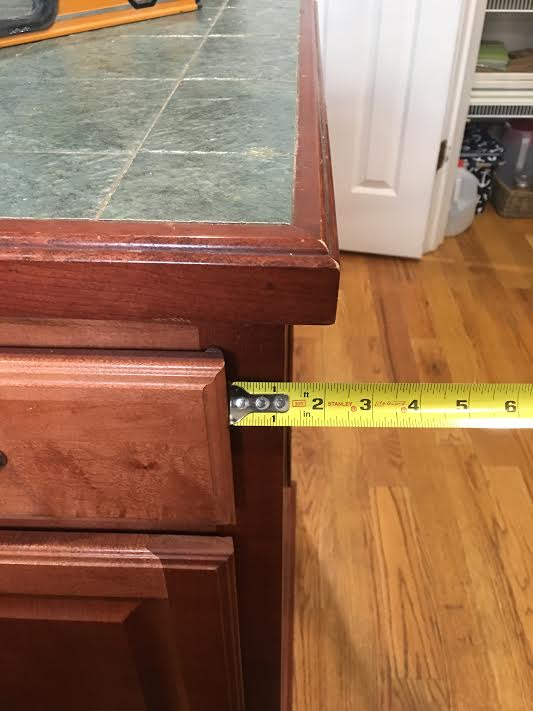


















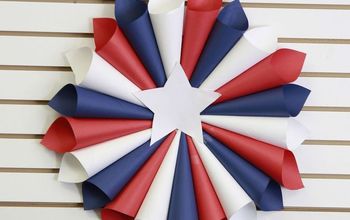
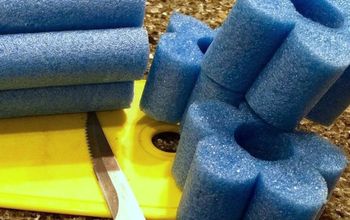



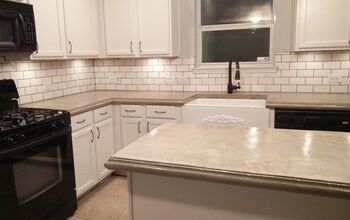
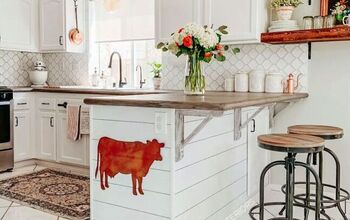

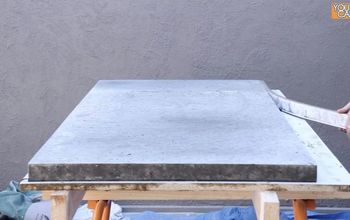
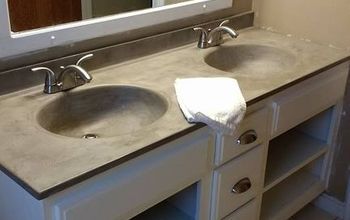
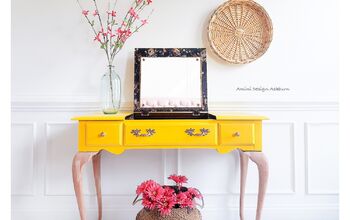
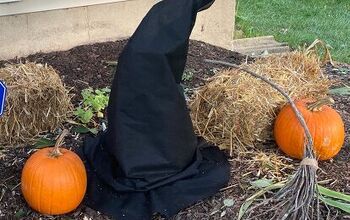
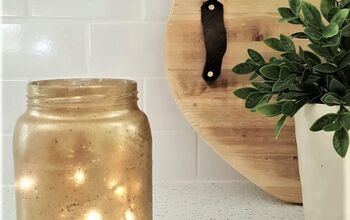
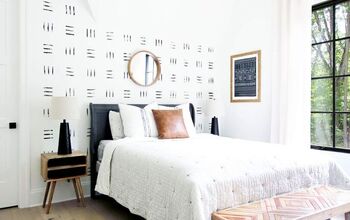
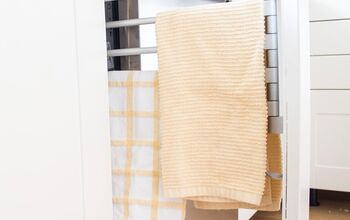
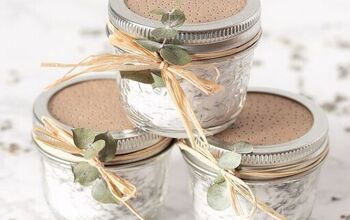
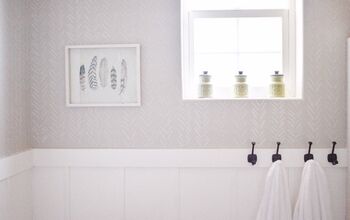
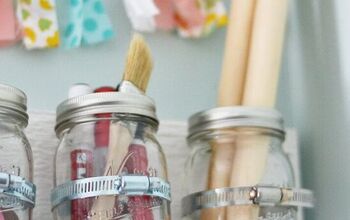
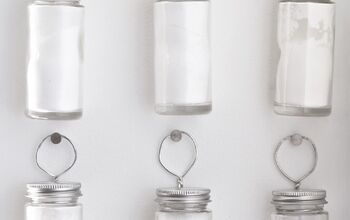

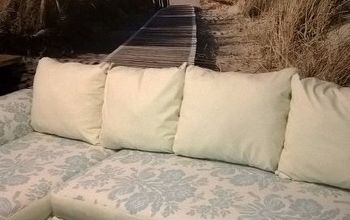
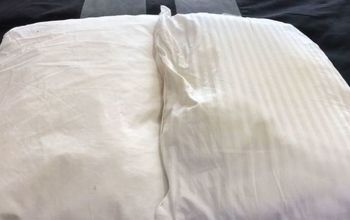
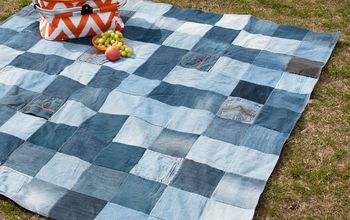
Frequently asked questions
Have a question about this project?
These are so smooth! What do you do to maintain the countertop and do you re-seal them? Do you stay away from certain cleaners? Thanks in advance!
Was this on slab or a kitchen over a basement?
If it is over a basement you might have structural issues if you do not put the right supports to carry the load. If your basement ceiling starts to sink you are in trouble. DIY seems great however weight and the distribution of weight are important to understand.
Just curious as of now, April 2024 have any of them cracked from dropping something on them?